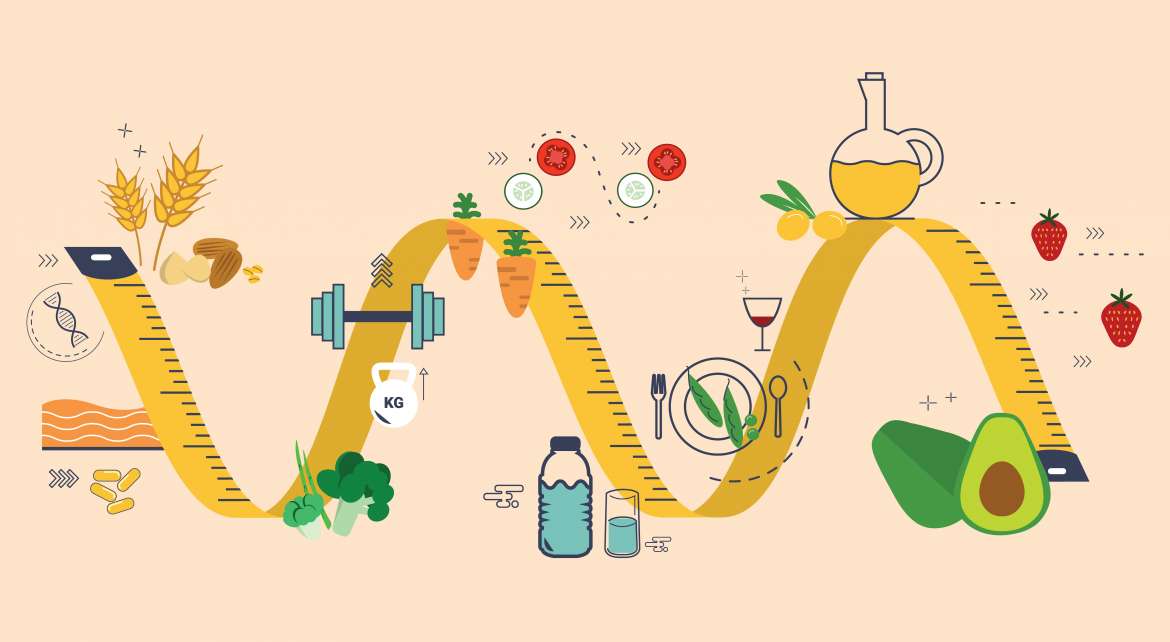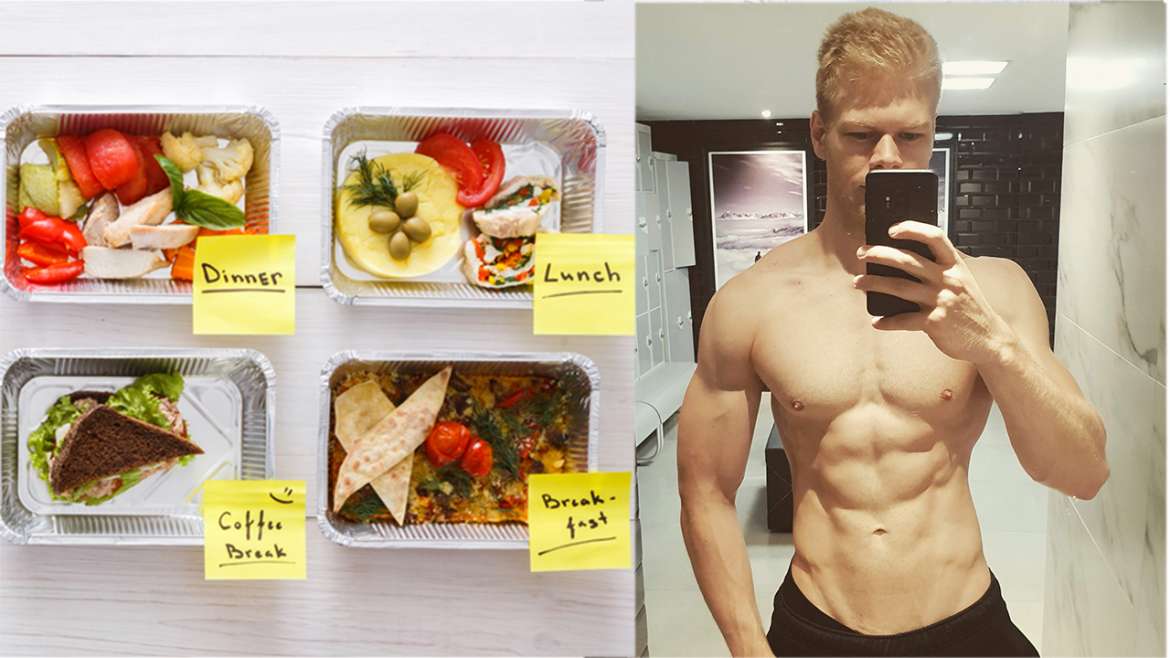Heart disease, cancer and diabetes are among the most common diseases in the United States and among the leading cause of death in the developed world. That doesn’t mean you have to accept them as your fate.
Even though we can’t change our genetics, family history or age, which all play a role in your risk of suffering from these diseases, there are still many prevention steps you can take to minimize your risks. The most straightforward is always to adopt a healthy and balanced lifestyle.
Here are a number of tips on how to do that.
1. Quit smoking
Smoking drastically increases your risk of developing heart disease. Not only do chemical in tobacco damage your heart and blood vessels, which leads to plaque buildup, the carbon monoxide in cigarette smoke replaces some of the oxygen in your blood.
This will increase your blood pressure and heart rate by making your heart work harder to supply the same amount of oxygen. Obviously, the more you smoke, the greater your risk so quit or limit your smoking as much as possible.
If you still need a motivational push, keep in mind that your risk of heart disease begins to lower almost as soon as you quit. One year after quitting you will already have significantly reduced your risk of coronary heart disease and after 15 years you are almost at the level of a nonsmoker.
2. Make exercise a daily habit
The lack of exercise along with a poor diet are two other leading causes of obesity and in turn heart disease. Physical activity will help you control your weight while balancing your blood pressure and minimizing the risk of diabetes.
Now, when I say make exercise a daily habit I don’t mean that you have to hit the gym for 2 hours every day. Two to three moderate to high intensity workouts per week along with some daily walking is all it takes. This will not only keep you physically in shape but also mentally.
Exercise is one of the best treatments for anxiety and depression. If you aren’t used to exercising regularly, you can start small and only do some walking. Getting healthy is not a race and slow progress is still progress. Don’t give up and remind yourself of the benefits of exercise.
3. Eat a balanced and healthy diet
I have an entire course on healthy eating but in short you want your diet to consist of mostly fruits, vegetables and whole grains as your carbohydrate sources, mostly unsaturated fats like olive oil, nuts or avocado as your fat sources and complete proteins like fish, dairy products, eggs and lean meat as your protein sources.
Vegans and vegetarians should focus on complementary sources of protein like beans and rice to avoid amino acid deficiencies. Try to avoid transfats that are found in fast and junk food and limit your intake of saturated fats. Also always favor unprocessed or minimally processed foods over highly processed foods. Depending on what kind of diet you’re following now this requires some minor or major adjustments.
But like in the case of exercise, you can start small and start by simply adding more fruits and veggies to your diet. This will already bring down your overall calories while also providing many important vitamins and minerals.
After that, you can monitor your fat intake and focus on high-quality protein sources.
After that, you can monitor your fat intake and focus on high-quality protein sources.
Of course, following a heart-healthy diet also includes keeping an eye on your alcohol intake. If you drink alcohol, it’s better for your heart to do so in moderation. Men should consume no more than two drinks a day and women should stick to one drink a day.
4. Maintain a healthy weight
Avoiding heart disease also means monitoring your weight and making sure you fall into a healthy weight range for your height. Obesity carries increases the risk of high blood pressure, high cholesterol and diabetes. If you are overweight, my advice on a good exercise regimen and a healthy diet are even more important.
Always keep in mind that weight loss is not a hit or miss game. Even the smallest progress will benefit your health. But Make sure to always focus on long-term changes instead of quick fad diets. These rarely work and can even comprise your health if they include crash dieting.
5. Manage your stress
I already talked about this in my post on stress management. Stress is part of life and you won’t be able to cut it out from yours entirely. So make sure you know how to handle stressful situations before they occur. Physical activity, relaxation or meditation are all good ways of dealing with stress, overeating, drinking or smoking not so much.
6. Protect your skin from sun damage
Skin cancer is one of the most common kinds of cancer and even if you don’t get it, overexposing your skin to UV rays will make it age faster. First of all, avoid the hot midday sun. So, during summer stay out of the sun between 10 a.m. and 4 p.m., when its rays are strongest.
If you are in the sun, Cover exposed areas with sunscreen and sunglasses and or hats. And of course, avoid tanning beds, which are just as bad as natural UV rays.
7. Get regular health screenings
There are a few health screenings that everyone should do simply to rule out certain risk factors. The most important ones are for Blood pressure, cholesterol levels, diabetes and of course cancer. Blood pressure test should be done every two years if you are a healthy adult and once a year if you are at risk of high blood pressure or older than 40.
Cholesterol levels should be checked every five years or earlier if you have a family history of heart disease. Diabetes screenings aren’t always done on a regular basis for young adults, but if you believe you are at risk of developing it talk to your doctor. Make sure to get a screening done every three years if you are over 45 however.
As for cancer, the answer is a little more difficult because of the various types of cancer. Some like prostate cancer is virtually unknown in men under 45 while others types can occur at any point in your life. Therefore talk to your doctor about the best cancer screening schedule for you and make sure to also learn how to self-exam.



